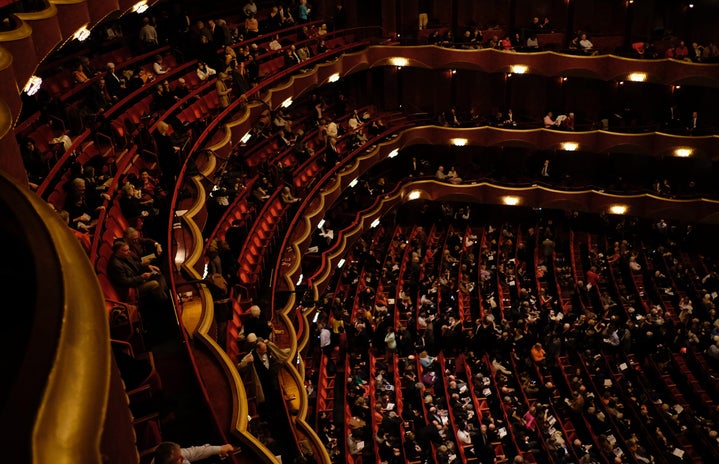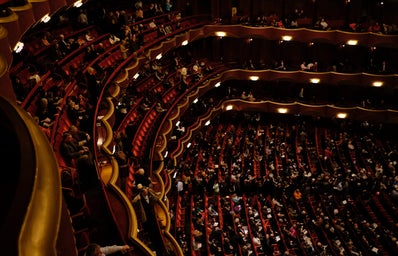The anticipation surrounding Carnegie Hall’s reopening could be sensed all along 7th Avenue. People dressed in their Sunday best lined up with their tickets, IDs and vaccination cards in hand while security guards checked bags and filled people in the hall. The phrase, “Absence Makes the Heart Grow Fonder”, could not be more true when it comes to the experience of listening to live music. The Sphinx Virtuosi performed the program “Tracing Visions” on Friday October 15 in Stern Auditorium. Sphinx—a social justice organization that is focused on increasing Black and Latinx representation in classical music—is a chamber orchestra made up of talented musicians of color from all over the country.
“Tracing Visions” opened with “Ev’ry Voice” composed by Xavier Foley. This piece was inspired by “Lift Every Voice and Sing,” also known as “The Black National Anthem.” Although this arrangement had no lyrics, the themes of the anthem rang true through the string section. Violins carried the melody, while the cello and bass created a solid sound to catch the repeating tune. Foley did an astounding job on this composition. He captures the rejoicing voices in James Weldom Johnson and J. Rosamond Johnson’s anthem, which is over 120 years old. This anthem rang clear during the civil rights movement and is now resurrected once again through Foley’s interpretation. Though the melody of “The Black National Anthem” has changed throughout the years, the freedom it speaks of will forever ring true.
I have sat through many Carnegie Hall concerts, but none as momentous as this performance. Prior to starting each song a member of the orchestra paid tribute to the composer and explained the message behind the piece. That added layer of understanding transformed my listening experience. My personal favorite was “Banner” composed by Jessie Montgomery. It begins with a hum of strings that softens into the melody of “The Star Spangled Banner”— it’s rushed and in a minor key. Each instrument continues to play in conflict with the other throughout the piece, but there are few clear moments where the instruments converse in harmony with one another, too. Scattered throughout the piece are themes from well known American anthems, each one slightly distorted in tone. The result is this wall of sound, forcing the listener to really embrace the clashing. Montgomery was commissioned to create this piece to commemorate the 200-year anniversary of “The Star Spangled Banner,” but was initially hesitant to celebrate such a song due to racial injustice in America. She created this piece to answer the question of what it would look like to celebrate this multicultural country—where it once was and where it is now. She combines anthems, freedom songs and work songs to create a tapestry explaining where we are as a people.
Of course throughout the night there were a few babies crying, an untimely sneeze and someone who forgot to turn their phone off, but the air was completely still after the orchestra played their last note. This historic performance changed my entire understanding of the power of classical music. I never knew that it could unlock such a rich history.

